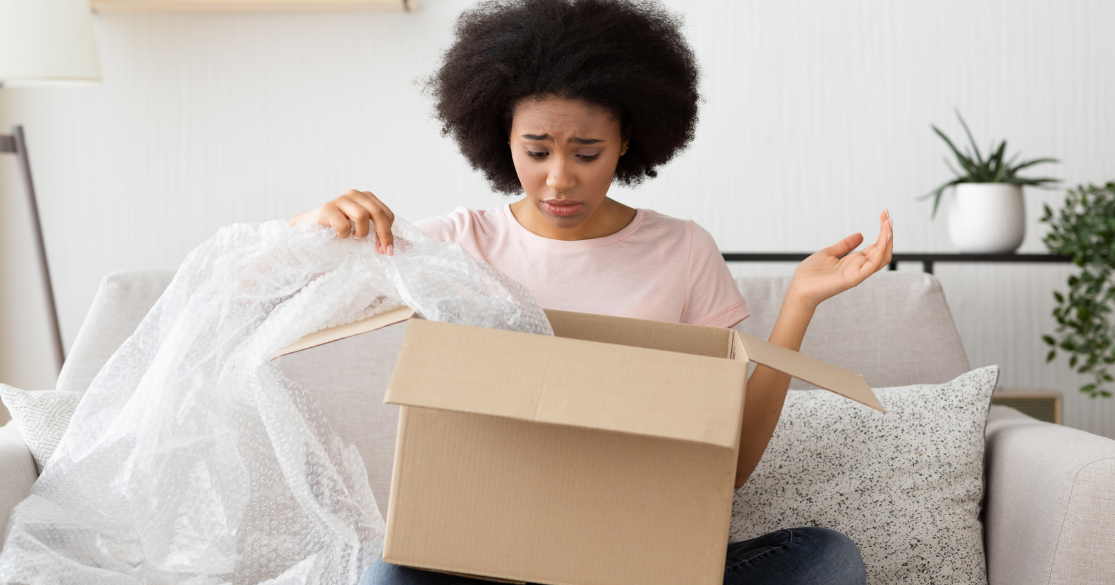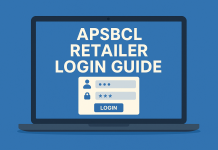Dealing with negative customer feedback and Amazon returns can be extremely stressful for Amazon sellers. Returns are a hassle for businesses, and they might hurt your overall Amazon sales. You might be wondering – how worse could it be? Well, if you fail to deal with Amazon returns correctly or start getting more returns, then Amazon can also freeze/suspend your account. Thus, it is important for each seller on the platform to follow Amazon’s return policies and meet its standards to keep selling successfully on the platform.
Making mistakes is an inevitable part of starting a business. However, minor mistakes can sometimes cost you more than you anticipated. A small mistake can end up making your clients angry, leading them to return your products. That is why it is necessary for Amazon sellers to learn how they can deal with Amazon returns the smart way and satisfy their customers.
Here’s how you can deal with returns on Amazon:
1. Keep an eye out for the return notification email
You’ll receive a return notification email whenever a customer decides to reach out to you and return the product. For prime members, the policies are different. When a prime member notifies you of a returned product, Amazon immediately takes action and handles the refund process by refunding the money from your account. The customer gets their money back and has a maximum of 45 days to return the product back to you.
Even when Amazon handles your returns, it is critical to maintaining track of all the return emails. This will assist you in determining which products were returned, and also help you figure out your return rate. However, if you are unable to locate all the return emails, you can simply open your Seller Central Account and select the reports tab at the top. Select fulfillment from the drop-down menu, and you will be able to access all the returned emails you have received to date.
2. If you don’t receive the returned product within 45 days, please contact Amazon right away!
Customers these days can either scam you by not returning your product, or forget to return your products on time. If you don’t receive the product that was supposed to be returned to you within 45 days, then please contact Amazon and request assistance. Amazon will investigate the situation and attempt to fix your problem. Don’t deal with the refunds on your own if Amazon is in between. Save your time, energy, and effort by reaching out to Amazon and letting them handle it.
3. Connect with the unsatisfied customers
It’s critical to understand why a customer returned your product instead of keeping it. Most of the time, they will let you know about the issue they faced by leaving negative feedback on your product page. If a buyer is not satisfied with his purchase, he will make sure you know it by giving you a low star rating or mentioning his thoughts in the feedback section. For Amazon sellers, reviews are the most important component for growing the customer base and staying ahead of the competition. If you see a negative review on your page, make sure to reach out to the buyer, and address their issue to guard your feedback score.
You can also send them an apology letter to let them know you are sincere and want them to shop again. This small gesture can help in saving your brand’s reputation.
4. Examine the products which were returned back to you.
All the returned products are sent back to the warehouse of Amazon. Amazon’s employees allocated over there inspect your items and specify if they are unopened items (fulfillable) or opened items (unfulfillable). Moreover, they also check if the products are damaged by any chance or are defective.
However, don’t rely on Amazon’s employees only. Sometimes, the staff returns things back to the shelf without thoroughly checking them. As a result, you get more complaints. To avoid this issue, you must inspect the products yourself. It will offer you a better sense of what products are broken, and will also help you avoid sending damaged goods to future buyers.
5. You should know what’s wrong with your products
The most important part of dealing with returns is to figure out where you went wrong and learn from your mistakes. Check the reasons why the buyers are returning your products. Reach out to them, ask them if something was wrong with the quality, or your customer service. Find out the core issue and resolve it.
Few of the reasons a customer might return your product include:
- Low-quality product
- The wrong item sent
- The goods were damaged
- The products did not meet the expectations of the buyer
- The item was delivered late
Whatever the reason might be, it is your responsibility as a seller to sell high-quality products, at an affordable rate using the best repricing strategy, and offer the best customer service. Make sure to take all the corrective measures necessary to protect your brand image and reputation.
In conclusion,
If you really want to stay profitable on Amazon, then make sure to deal with your Amazon returns the right way and maintain a strong relationship with your customers. The consequences can be quite worse if you neglect returns on Amazon. Avoid getting into trouble by following the steps mentioned above.






